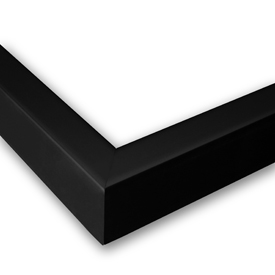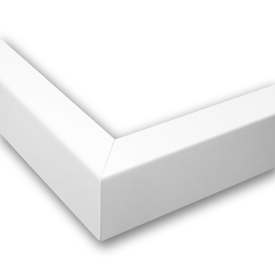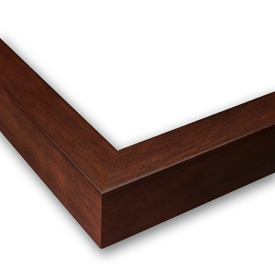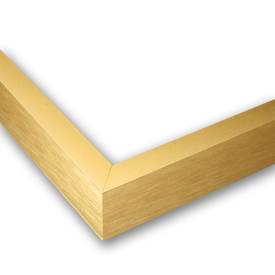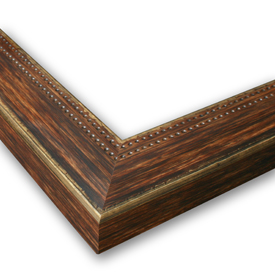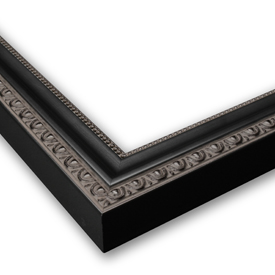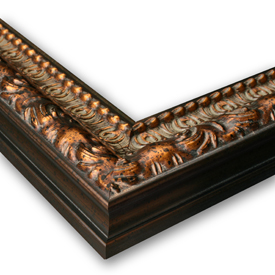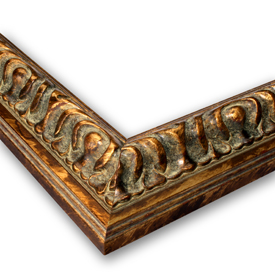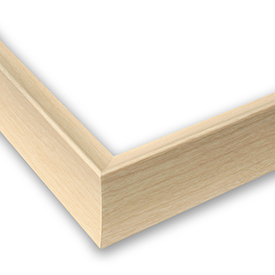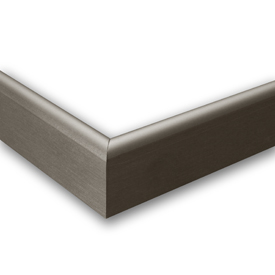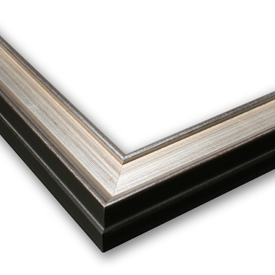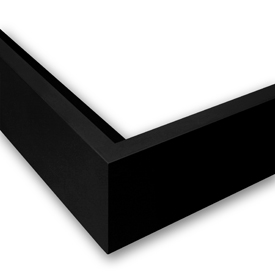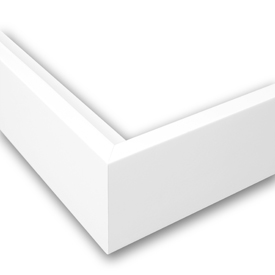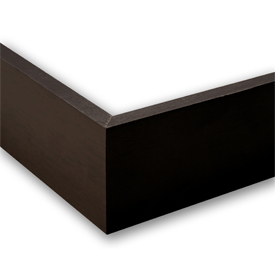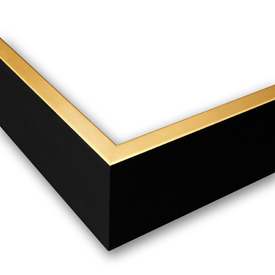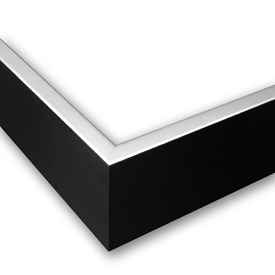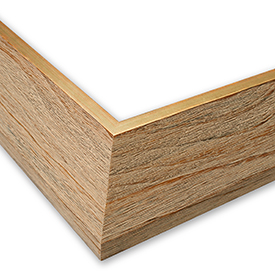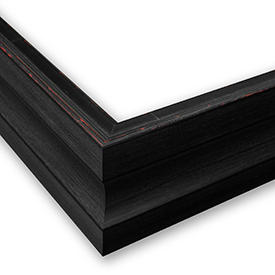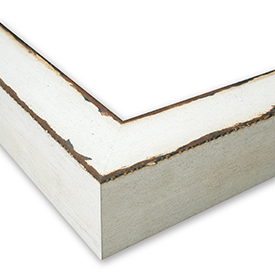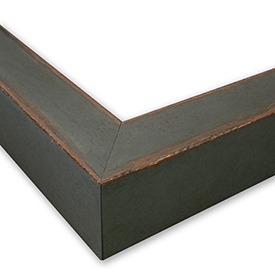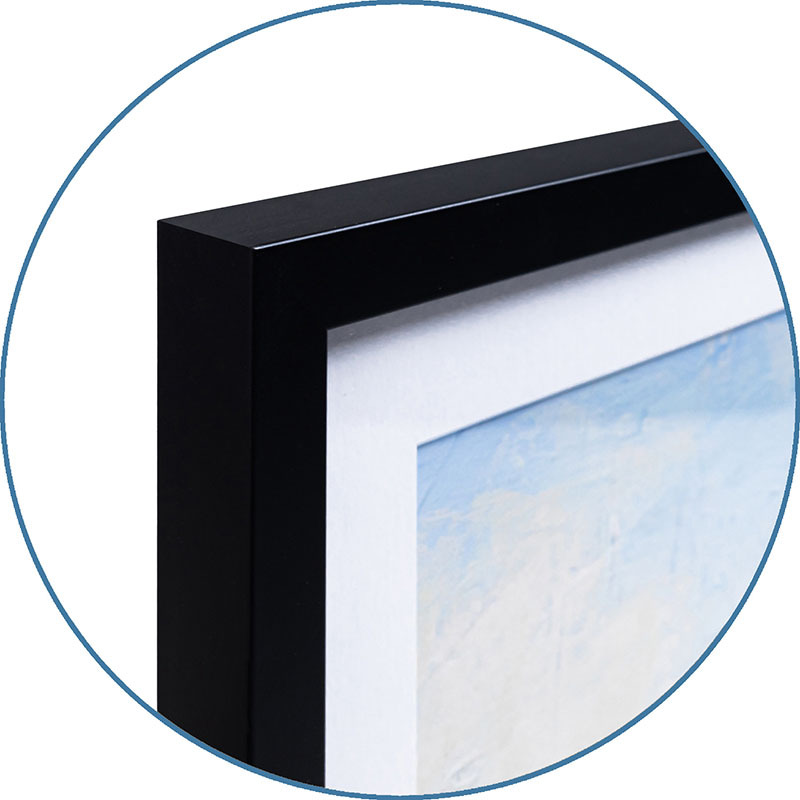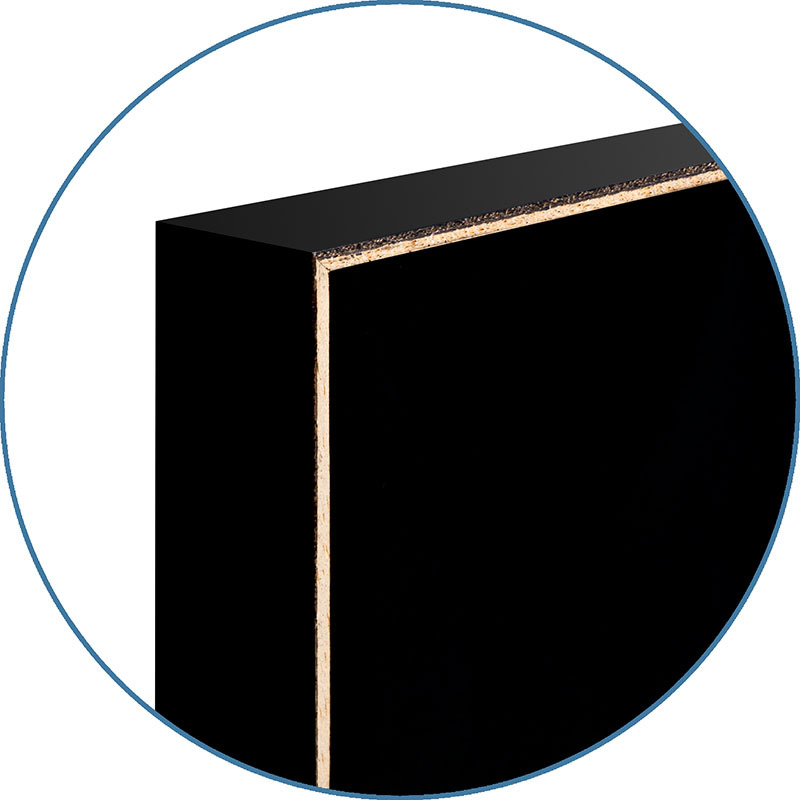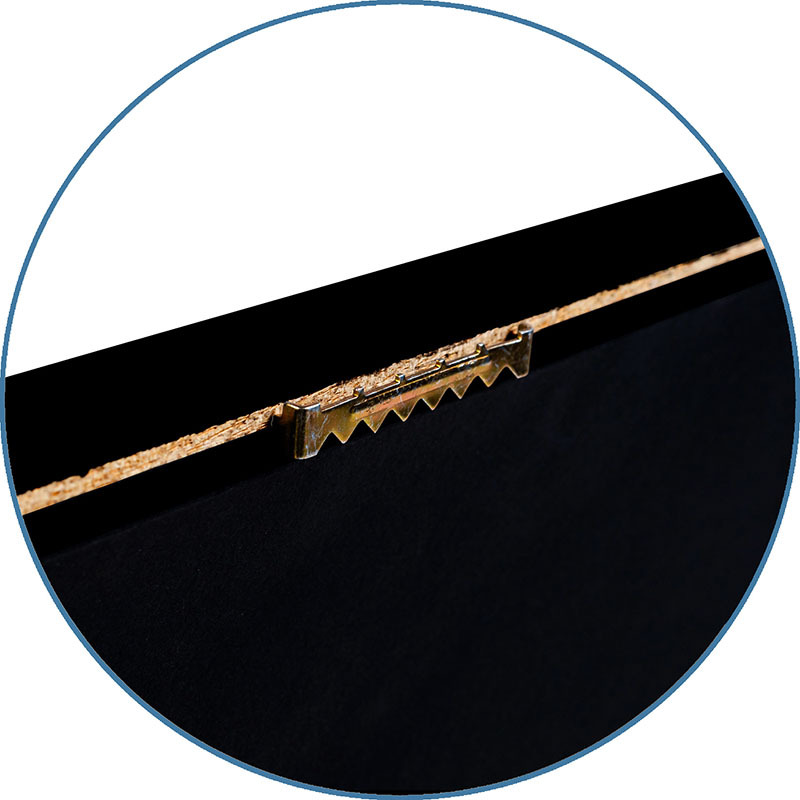
Hawk Flying Above a Snowy Landscape Along the Coastline.
1- Choose a service Type:
2- Choose Print Size:
3- Choose a frame:
Our full range of customization options are now available, click “See More Frame Options” above to explore.

BUY JUST THE PRINT
(Image 12" x 18")
$20
2- Unframed Canvas Size:
Finished Size:
3- Choose a frame:
Our full range of customization options are now available, click “See More Frame Options” above to explore.

Our canvas is professionally hand-stretched and layered with protective ink for a museum-grade finish.
UNFRAMED CANVAS
$59
2- Choose Print Size:
Finished Size:

Permanently bonding an image to a thick piece of hardboard and adding a protective laminate creates this mounted print.
WOOD MOUNT
$89
$20
Arrives by Sat, Aug 16 to 66952

$20
12" x 18" - Art Print
12" x 18" - Art Print
